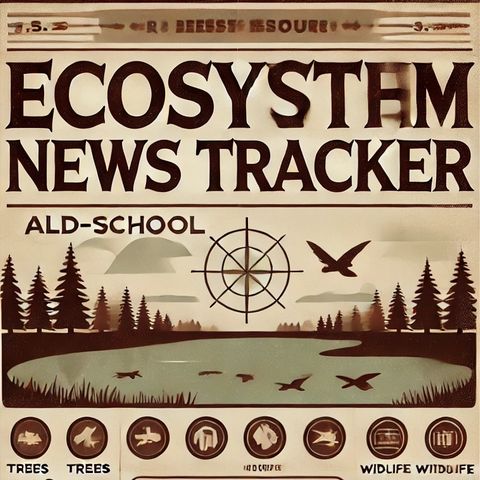Conquering Invasive Grasses: Innovative Phenology Forecasts Empower Ecosystem Restoration

Download and listen anywhere
Download your favorite episodes and enjoy them, wherever you are! Sign up or log in now to access offline listening.
Conquering Invasive Grasses: Innovative Phenology Forecasts Empower Ecosystem Restoration
This is an automatically generated transcript. Please note that complete accuracy is not guaranteed.
Description
Invasive annual grasses like cheatgrass and red brome pose significant challenges to ecosystem management by altering fire regimes, reducing biodiversity, and competing with native flora and fauna. Controlling these invasive...
show moreThe forecasting method identifies key phenological stages—such as germination, tillering, and seed production—when the plants are most vulnerable to control measures. By predicting when these stages occur, land managers can time their interventions, such as herbicide applications or mechanical removal, more precisely. This timing is crucial because interventions can be ineffective if they occur too early or too late in the grass's development.
In addition to timing, the other major hurdle has been identifying specific locations across vast and varied landscapes where treatments would be most beneficial. Real-time mapping facilitated by phenology forecasts enables managers to prioritize these hotspots for intervention. This is achieved through the integration of satellite imagery and weather data, which enhance the accuracy of phenological predictions specific to different regions and conditions.
Cheatgrass and red brome have been particularly troublesome across western North America, where they have expanded into millions of acres. These invasive species not only outcompete native plants but also increase the frequency and intensity of wildfires. Cheatgrass, for example, dries out quickly and provides ample fuel for fires, disrupting natural fire cycles and threatening native ecosystems.
Research into phenological forecasts represents a promising development in ecosystem management. By understanding the life cycles of cheatgrass and red brome and implementing timely interventions, land managers can reduce the prevalence and impact of these invasives. These predictive models also serve as a foundation for future developments in managing other invasive species and adapting them to various ecological contexts.
Overall, the creation of these phenology forecasts stands as a significant step towards mitigating the impact of invasive annual grasses. With more precise timing and targeting of control measures, these forecasts promise to enhance the effectiveness of existing management strategies and help restore the balance in affected ecosystems.
Information
| Author | QP-4 |
| Organization | William Corbin |
| Website | - |
| Tags |
Copyright 2024 - Spreaker Inc. an iHeartMedia Company

Comments